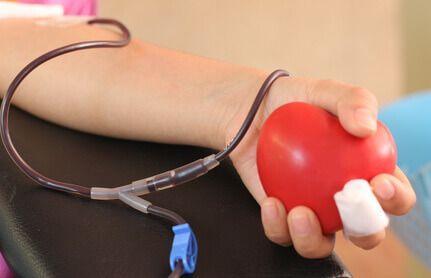A worldwide survey shows there is much room for improvement as regards transradial access procedures, particularly for the prevention of radial artery occlusion post-procedure.
 While in many places this has been a standard technique for some time now, other places are yet to evolve, and that is the result of this survey. In the past 8 years, a great number of interventional cardiologists have adopted this technique for both diagnosis and treatment, but there remains a wide variation in its use worldwide.
While in many places this has been a standard technique for some time now, other places are yet to evolve, and that is the result of this survey. In the past 8 years, a great number of interventional cardiologists have adopted this technique for both diagnosis and treatment, but there remains a wide variation in its use worldwide.
In this survey, investigators found that a large proportion of operators (both inside and outside the United States) still do not adhere to the recommendations considered as clinical best practices.
Read also: ESC 2018 | MATRIX: 1-Year Superiority of Transradial Access.
For example, nearly 30% of operators do not routinely assess for artery patency after achieving hemostasis and only 63.2% of them check for patency before discharge. Additionally, there has been an increase in the use of heparin over bivalirudin, but many physicians give less than the dose required to reduce the risk of artery occlusion (5000 units).
This international survey on transradial access (which was recently published in Catheterization and Cardiovascular Interventions) is the second survey conducted on this subject. In the first survey (published in 2010), fewer than 10% of US operators surveyed used this technique, while, in the latest survey, nearly 40% of respondents said they do. Among them, 70% began their learning curve between 2007 and 2015.
Only a minority of operators perform routine testing for dual circulation (Allen testing), particularly outside the United States. Testing for dual circulation has not been shown to predict the risk of future complications.
Read also: Manual vs. Mechanical Compression after Transradial Catheterization.
Among the most noticeable changes (compared with 2010) are the use of hydrophilic introducer sheaths, preventing radial artery occlusion, and the use of the contralateral radial artery rather than the femoral artery if the initial access attempt fails.
The use of Doppler ultrasound for puncture differs significantly between US operators (usually less experienced) and other operators. In the United States, ultrasound guidance is used in about 50% of all cases, while non-US cardiologists carry out direct punctures in 92.6% of all cases.
Original title: Contemporary Transradial Access Practices: Results of the Second International Survey.
Reference: Shroff AR et al. Catheter Cardiovasc Interv. 2018; Epub ahead of print.
Get the latest scientific articles on interventional cardiologySubscribe to our weekly newsletter
We are interested in your opinion. Please, leave your comments, thoughts, questions, etc., below. They will be most welcome.





